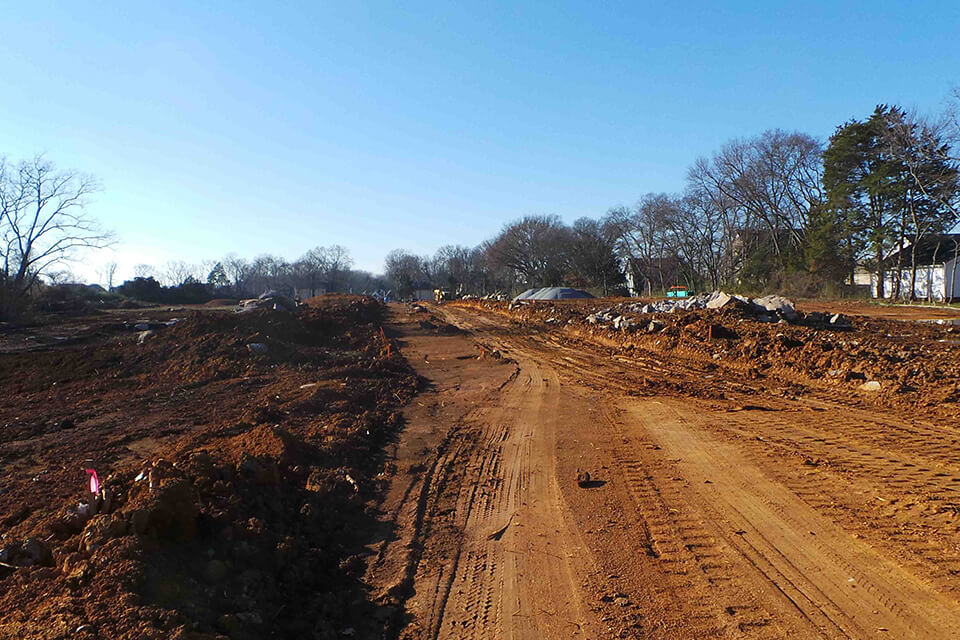Why Phase 1 Environmental Site Assessments Are Important Prior to Acquisition
In the strictest sense, if you don’t complete an environmental due diligence process you are not only buying commercial property, you may be buying environmental liability. Contamination from previous land use follows the purchaser unless protected by innocent landowner provisions of CERCLA.
But why become liable for historical contamination from an acquisition when there is a path for buyer protection? An environmental due diligence process allows the buyer to establish baseline conditions and environmental liability protection. Its a move that reduces your environmental business risk by adding knowledge to the acquisition process. The process is generally met by completing a Phase I Environmental Site Assessment prior to purchase. It is voluntary, but many commercial lenders require it prior to closing.
A Phase I Environmental Site Assessment is a standard Commercial Real Estate (CRE) lending requirement prior to acquisition. Why is it so important to meet this requirement? It generally allows the prospective buyer to:
- Acquire historical impacted property without becoming responsible for cleanup.
- Acquire property that has no known impact without becoming responsible for cleanup of impacts discovered after purchase.
- Provide assurance to commercial lenders (banks) that the purchaser has limited or no known cost related to cleanup.
- Confirm property environmental media (soil, groundwater, soil vapor) meet basic standards for human health for planned land use.
- Allow development of brownfield sites that otherwise would remain undeveloped
- Reduce the chance for frivolous lawsuits related to occupancy health concerns.
- Identify properties where existing conditions do not allow planned land use due to human health risk.

The goal of the Phase 1 ESA is to identify recognized environmental conditions (RECs). REC means the presence or likely presence of any hazardous substances or petroleum products in, on, or at a property (1) due to any releasee to the environment, (2) under conditions indicative of a release to the environment, or (3) under conditions the paste a material threat of a future release to the environment.
Evaluation of business environmental risk associated with a parcel of commercial real estate may necessitate investigation beyond that identified in this practice.

